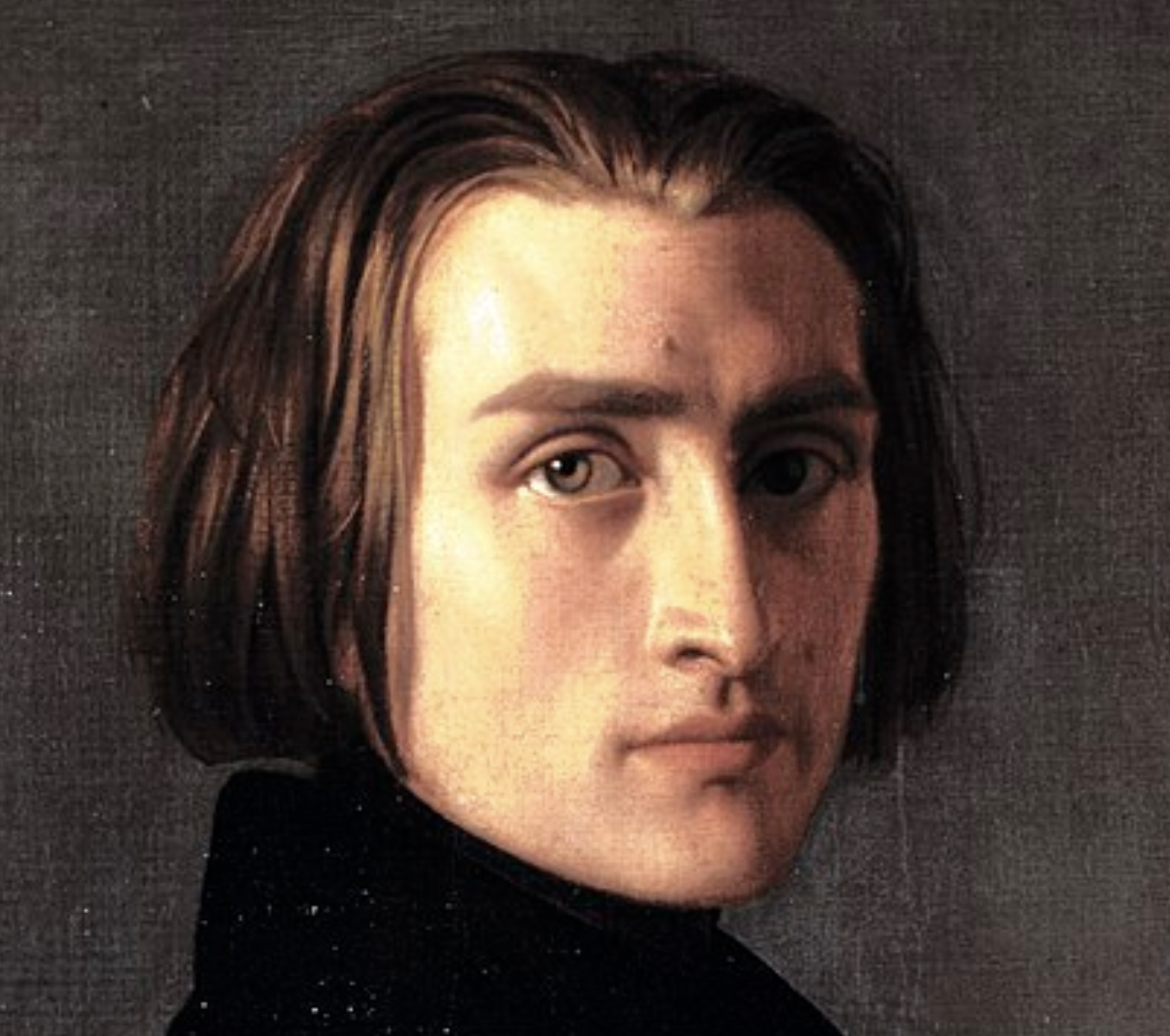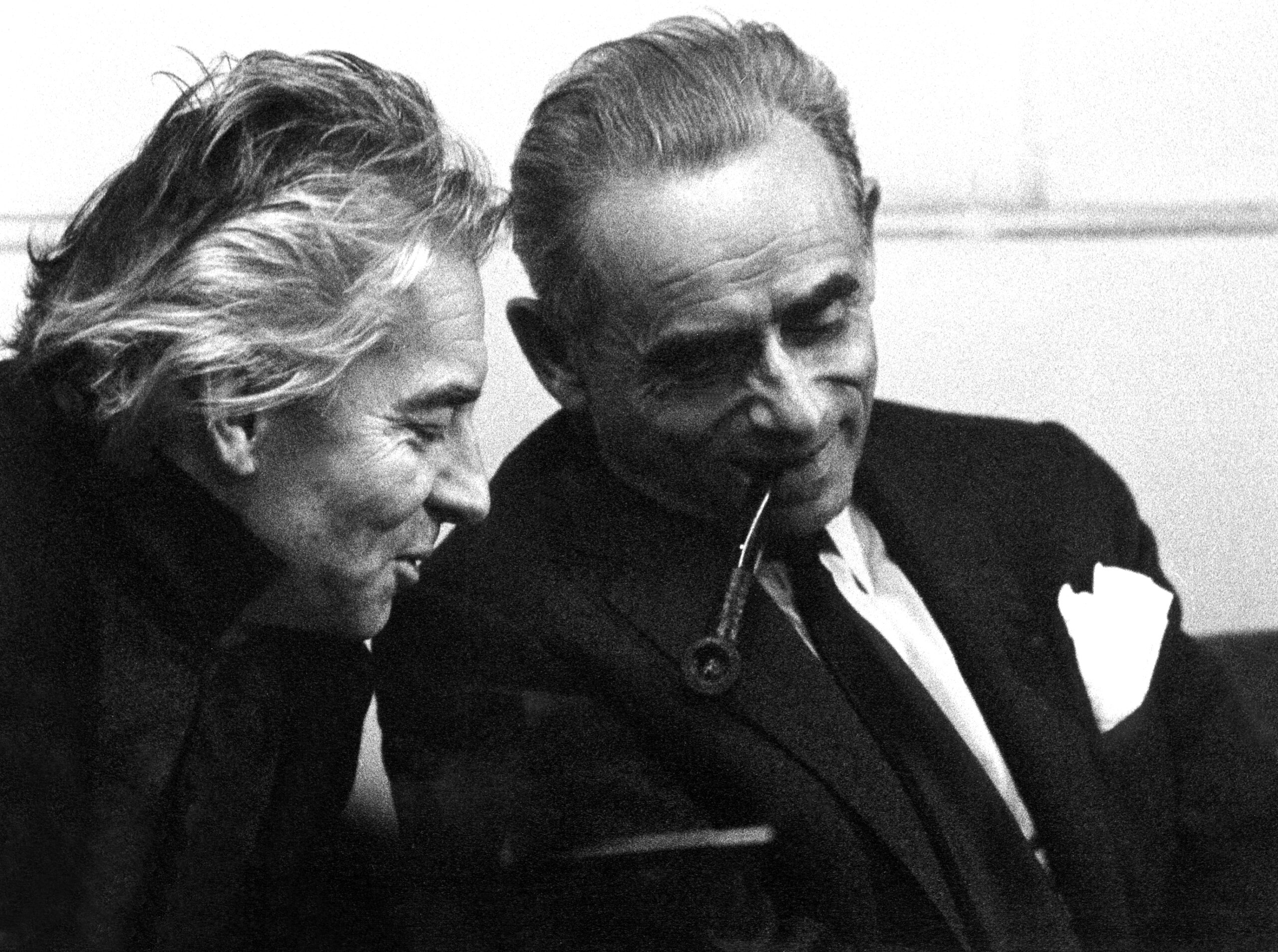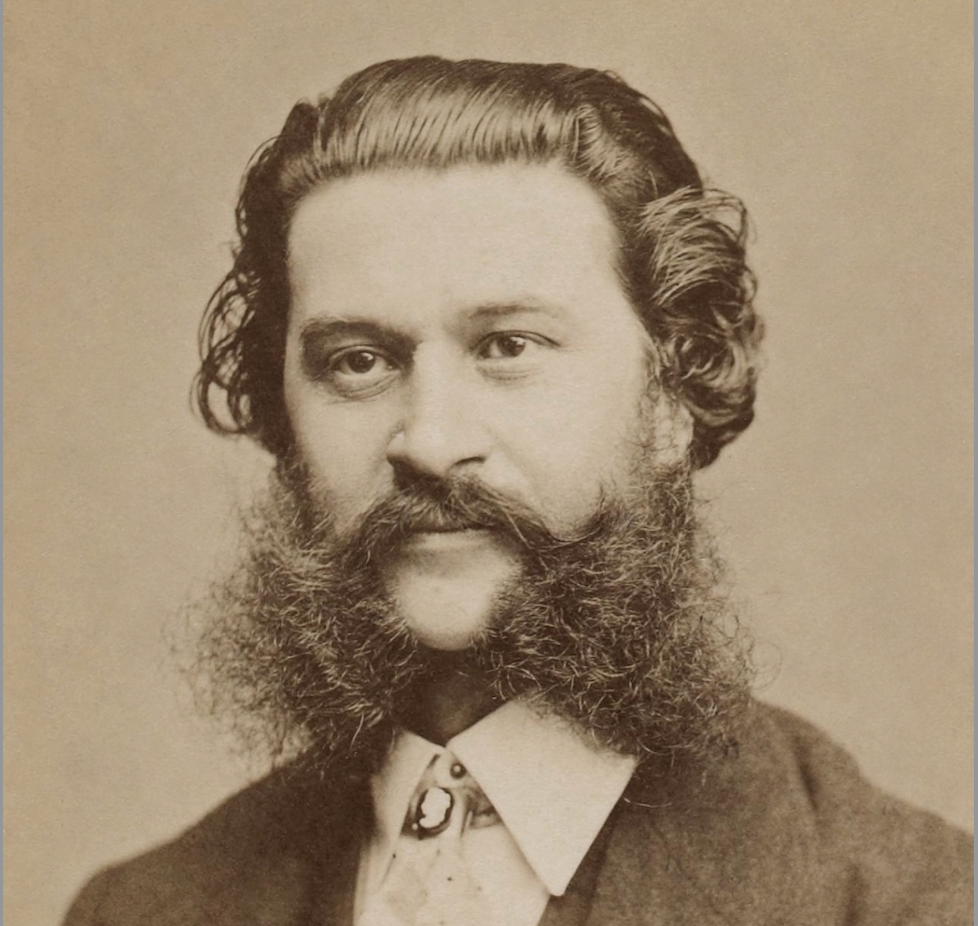10 May 2024
P.R. Jenkins
Spotlight Liszt: tone poems

European celebrity, conductor, music promoter, enthusiastic teacher, society darling, style icon, media star switching between public and monastic solitude – there are many aspects in Franz Liszt’s life that must have been familiar to Karajan.
Unlike other great conductors of the 20th century, he interpreted a number of Liszt pieces apart from the popular “Les Préludes”. Liszt was a prodigy and already a famous piano virtuoso as a young man but it took him decades to be respected as a composer like Berlioz, Mendelssohn or Wagner whom he all knew personally. Today, Liszt is regarded as one of the most important piano composers of all time and an innovative orchestral composer, influential for many subsequent composers like Franck, Saint-Saëns, Grieg, Smetana, Debussy, Ravel and Richard Strauss. Karajan’s first approach to Liszt was pianistic. At the age of 12, he performed three simple “Consolations” at a concert in Salzburg. Five years later, he appeared with the Mozarteum Orchester in Liszt’s first piano concerto, in the German-Austrian repertoire of this time one of the greatest challenges in pianistic virtuosity. As a conductor, Karajan didn’t perform Liszt’s symphonies (“Faust” and “Dante”) or his sacred works but concentrated on Hungarian Rhapsodies and the genre in which Liszt was genuinely inventive – the symphonic poem (“Les Préludes”, “Mazeppa”, “Tasso”, “Mephisto Waltz”). Karajan never recorded the two piano concertos – the last time he conducted the first one was in a marathon concert with three piano concertos played by the bizarre Elly Ney in 1938. His first ever Liszt recording was twenty years later – the 2nd Hungarian Rhapsody and “a powerful but mercifully account of Liszt’s ‘Les Préludes’ (Richard Osborne)” performed by the Philharmonia Orchestra.
“Playing ‘Les Préludes’ under Karajan was a bit like playing some undiscovered Beethoven symphony. He treated it with enormous care.”
Hugh Bean, concertmaster of the Philharmonia Orchestra
Karajan also recorded both pieces twice with the Berlin Philharmonic, the Rhapsody even as a concert film for the 1978 New Year’s Eve Concert in Berlin. The same occasion seven years later also featured a film of the 5th Rhapsody. In the 1960s and 1970s, he carefully recorded “Tasso”, “Mazeppa”, “Mephisto Waltz” and the Rhapsodies Nr 2 and 4 with the Berlin Philharmonic. A curiosity was the 1960 account of the “Hungarian Fantasy” for piano and orchestra, Karajan’s only collaboration with Shura Cherkassky.
— P.R. JenkinsRichard Osborne: “Karajan. A Life in Music” Chatto & Windus, London. 1998


